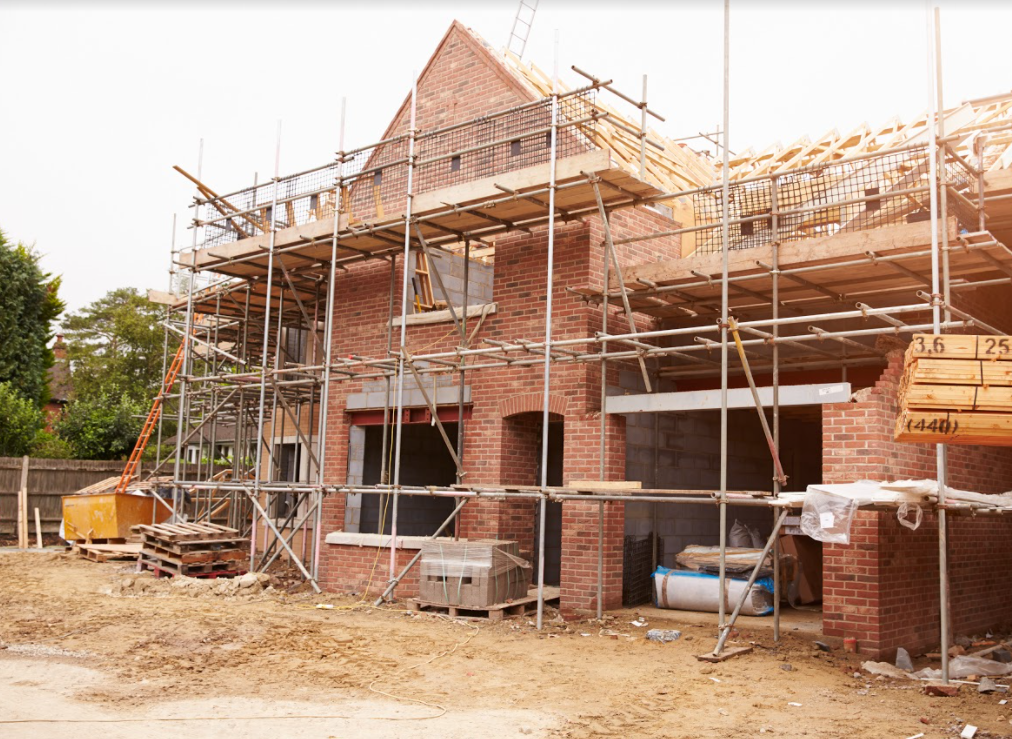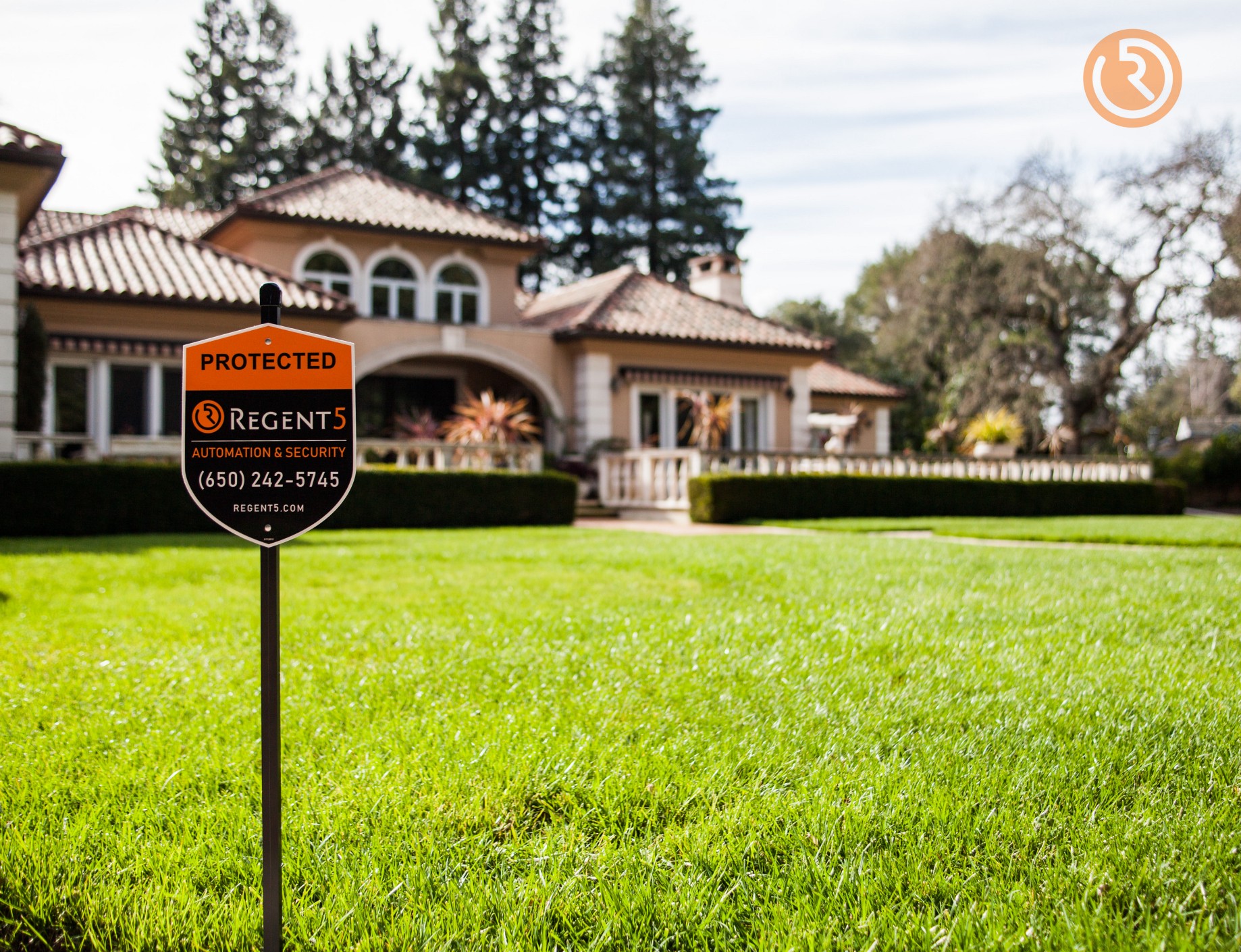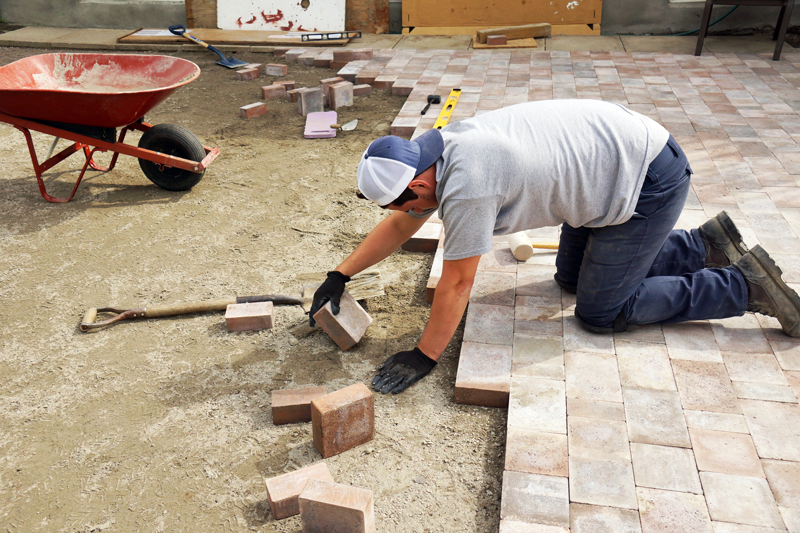Building Better: 6 Essential Tips For New Home Builders
Building a house from the ground up has a peculiar way of shifting between thrilling and thoroughly exhausting!
There’s the seductive scent of fresh timber, plus the headache of delayed deliveries. The dream of open-plan living and the reality of open-ended budgets. Quickly you learn that decisions arrive not as a slow trickle but as a full-force flood.
Whether you’re a spreadsheet-wielding planner working with home builders in Geelong or a Pinterest board believer from Georgia, these six tips are here to keep your build sane, smart, and structurally sound.
1. Don’t Design in a Vacuum (Unless You Like Cold Drafts and Regret)
Your block of land is more than a blank canvas. It’s a very opinionated piece of earth. The sun, wind, slope, soil, and street frontage all have thoughts about what you should build. Ignoring them leads to homes that fight their own footprint—dark living rooms, frosty corners, overheating upstairs bedrooms.
Good home builders will tell you that passive design isn’t just a sustainability buzzword — it’s the difference between a home that breathes and one that battles itself every season. Orient your living spaces to the north (in the Southern Hemisphere), invite the winter sun, and shield the summer heat. Build smarter, not bigger.
2. Budget Like a Pessimist, Plan Like an Optimist
No one likes to hear this, but the budget you first write down will age like milk. Things shift. Timber prices spike. Your partner falls in love with a tapware range called “Imported from Italy” instead of “Reasonably Priced and Available Now.”
Allow for contingency. At least ten percent, maybe more if you’re prone to indecision or have a weakness for feature walls. And be wary of what’s not included in your builder’s quote: driveways, landscaping, window coverings, and those little finishing touches that turn a house into something liveable.
3. Don’t Oversize Out of Ego
There’s a temptation—especially if you’ve escaped a too-tight rental—to build big. Big bedrooms, big living room, big walk-in pantry with enough shelving to store canned goods for a zombie apocalypse.
But bigger isn’t always better. Bigger means more cleaning, more heating, more cooling, more cost. A thoughtful floor plan beats a sprawling one. Consider how you actually live. Do you need a formal dining room, or is that just a relic from your parents’ place in the ’90s? Prioritize flow, flexibility, and natural light. Not square footage.
4. Choose Materials Like You’re the One Cleaning Them
Fancy finishes have their place. But so does common sense. Textured tiles look lovely on a showroom wall but require the scrubbing stamina of a monastery cleaner. Matte black tapware? Gorgeous, until you realize it shows every soap smear and fingerprint from ten feet away.
Opt for surfaces that are durable, cleanable, and timeless. Trends pass. Maintenance remains. And in the long run, you’ll thank yourself for that slightly more boring bench top that never stains, chips, or silently judges your housekeeping habits.
5. Be Present Without Becoming a Pest
Staying involved in the build is wise. Turning up weekly (or more) keeps the pressure on for quality control and helps you spot mistakes before they get plastered over. But looming on-site daily, correcting trades mid-task, or attempting to micromanage with a spirit level in hand? That’s less helpful.
Trust your builder—but verify. Take photos, ask questions, make notes. Being present is good. Being a permanent fixture, less so. The goal is communication, not control.
6. Future-Proof While You Still Can
Now’s the time. Before the plasterboard’s up and the paint’s dry. Think ahead—way ahead. Will your family grow? Will you want solar panels later? What about home office cabling, EV charging, accessibility for aging parents, or extra insulation to counter “four seasons in a day” weather?
Run conduit pipes now, even if you don’t need them yet. Add extra power points, because nobody ever says, “Oh, I just have too many power points.” What feels like a splurge during construction will often save you thousands in retrofits down the line.
Building your own home is one part fantasy, one part function, and five parts patience. But it can be done well—with foresight, humility, and a bit of humor. If you keep your ego in check, your eyes open, and your feet on the foundation slab, the house that rises might just feel like home from day one.







